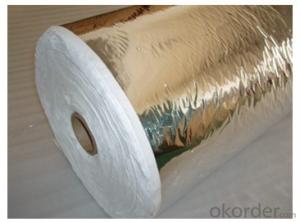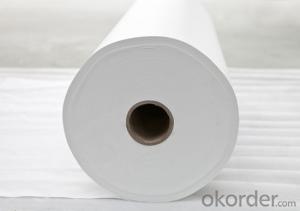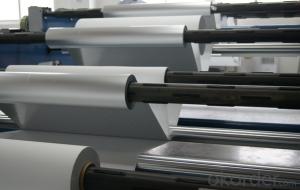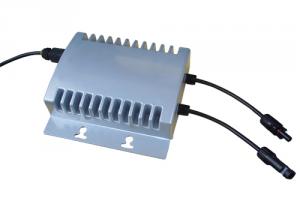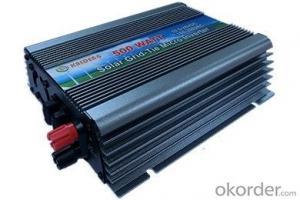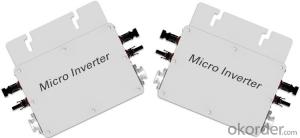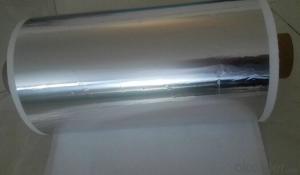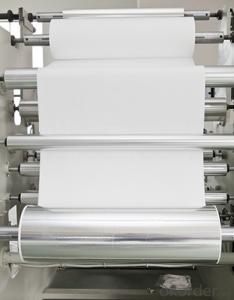Aps Solar Micro Inverter
Aps Solar Micro Inverter Related Searches
Cryogenic Pipe Insulation Fiberglass Wall Insulation 2 Inch Styrofoam Insulation Sheets R49 Fiberglass Insulation Home Insulation Contractors 4 Inch Styrofoam Insulation Indoor Window Insulation Melamine Coated Paper Fiberglass Roof Shingles Pe InsulationHot Searches
Type Of Inverter For Solar Types Of Inverter For Solar Used Solar Inverter For Sale Inverter Size For Solar System Solar Edge Inverter For Sale 5kw Solar Inverter For Sale Solar Inverter For Sale Solar Inverter For Battery Solar Inverter For Split Ac Solar Inverter For Laptop Solar Inverter For Fridge Solar With Inverter Price Solar Inverter With 2 Battery Solar Inverter Price In China Best Solar Inverter In China Solar Inverter Price In Dubai Solar Inverter Price In Uae Solar Inverter Price In Kenya Solar Inverter Price In Kerala Solar Hot Water Collectors For SaleAps Solar Micro Inverter Supplier & Manufacturer from China
Okorder.com is a professional Aps Solar Micro Inverter supplier & manufacturer, offers integrated one-stop services including real-time quoting and online cargo tracking. We are funded by CNBM Group, a Fortune 500 enterprise and the largest Aps Solar Micro Inverter firm in China.Hot Products
FAQ
- Yes, a solar inverter can be used with a solar-powered security system. A solar inverter is essential for converting the direct current (DC) generated by solar panels into alternating current (AC) that can be used to power the security system. By using a solar inverter, the solar-powered security system can efficiently utilize and store the energy generated by solar panels, ensuring continuous operation even during periods of low sunlight.
- Harmonic distortion can negatively impact the performance of a solar inverter. It can cause increased heat generation, reduced power quality, and can lead to premature failure of components. Additionally, harmonic distortion can interfere with other electrical devices connected to the inverter, causing disruptions and potential damage. Therefore, minimizing harmonic distortion is essential for maintaining optimal performance and efficiency of a solar inverter.
- The standby power consumption of a solar inverter refers to the amount of power that the inverter consumes when it is in standby mode or not actively converting solar energy into usable electricity. This power consumption is generally very low, typically ranging from 1 to 5 watts, as the inverter only needs to maintain its internal circuitry and monitor the solar energy availability.
- Yes, a solar inverter can be used with different types of batteries as long as the voltage and current ratings of the batteries are compatible with the inverter's specifications. However, it is important to ensure that the inverter is programmed or configured correctly to work with the specific battery chemistry and charging requirements to optimize performance and prevent any potential damage.
- Some common fault indications in a solar inverter include error codes displayed on the inverter's screen, abnormal or fluctuating power output, frequent tripping or shutting down of the inverter, unusual noises or vibrations, and failure to connect or communicate with the monitoring system. These fault indications often suggest issues such as overheating, overvoltage, overcurrent, ground faults, or component failure within the inverter.
- The maximum output voltage of a solar inverter depends on its design and specifications. Generally, the maximum output voltage can range from 240 to 600 volts for residential inverters, and up to several thousand volts for commercial or utility-scale inverters.
- Yes, a solar inverter can be used with solar-powered telecommunications systems. A solar inverter is an essential component that converts the direct current (DC) generated by solar panels into alternating current (AC) that is required to power telecommunication equipment. This allows for efficient utilization of solar energy in telecommunications systems, making them more sustainable and independent from the grid.


